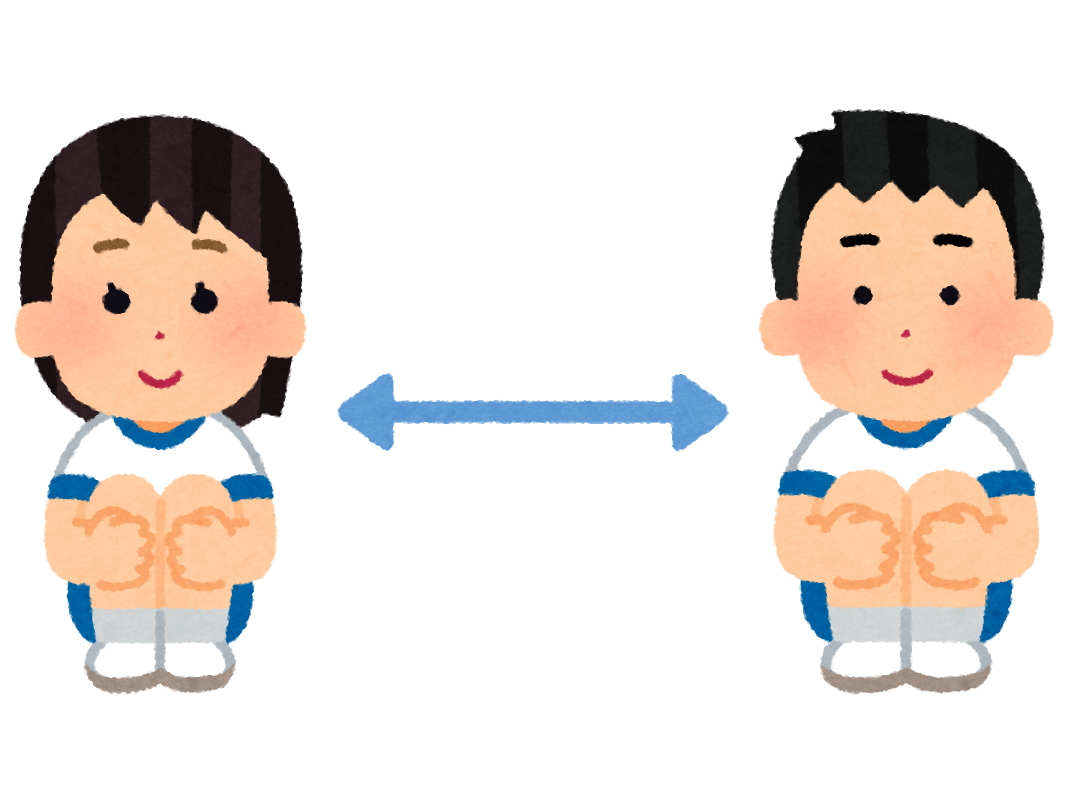In the realm of text classification, various methods have been proposed and implemented. One such intriguing approach involves the use of gzip, a file compression program, and k-Nearest Neighbors (kNN), a popular machine learning algorithm. This article delves into the details of this method, its assumptions, limitations, and potential advantages.

Introduction to Gzip and Normalized Compression Distance (NCD)
Gzip is a software application used for file compression and decompression. The name 'gzip' stands for GNU zip, as it is a free software replacement for the UNIX 'compress' program. It employs the Deflate compression algorithm, which balances compression speed and efficiency.
Normalized Compression Distance (NCD) is a method used to measure the similarity between two strings. It is a normalized version of the Compression Distance (CD), which measures the difference in compressed file size when two files are compressed separately and together. The formula for NCD is:
NCD(x, y) = (C(xy) - min{C(x), C(y)}) / max{C(x), C(y)}
where C(x) and C(y) are the compressed sizes of files x and y, and C(xy) is the size of the compressed file when x and y are concatenated.

Methodology in the Article
The article "Text Classification by Compression" presents a unique approach to text classification using gzip and kNN. The authors make a key assumption: text files of the same class have more redundancy than those of different classes. This assumption is based on the idea that similar files will have more common patterns and thus can be compressed more.
The method involves the following steps:
Training Phase: The training phase involves no specific learning. The algorithm simply stores the training examples.
Classification Phase: To classify a new document, the algorithm compresses the document with each of the training documents. It then assigns the class of the training document that results in the smallest compressed file size.

This method is simple and elegant, but it also has its limitations. The classification speed is largely dependent on the compression speed of gzip, which can be slow for large documents or large training sets. Furthermore, the method assumes that the compression algorithm (gzip in this case) is capable of efficiently finding and exploiting the redundancies in the text.

Pros and Cons
The gzip + kNN method offers several advantages. It is simple, with no need for feature selection or complex learning algorithms. It is also language-independent and can handle any type of text data.
However, the method also has its drawbacks. Its speed is dependent on the compression algorithm, and it may not perform well with large datasets or documents. Additionally, it assumes that the compression algorithm can effectively identify and exploit text redundancies, which may not always be the case.
In conclusion, while the gzip + kNN method for text classification is an intriguing and innovative approach, its effectiveness is highly dependent on the specific circumstances and the nature of the data. It represents a fascinating intersection of data compression and machine learning, and further research in this area could lead to even more effective text classification methods.
Reference
https://aclanthology.org/2023.findings-acl.426.pdf
https://kenschutte.com/gzip-knn-paper/
https://bangqu.com/3owf1y.html?fbclid=IwAR0myB9xuN41bTX75xuirwdWZ5ykqz8ZPdTPuLydcPTAwX0cY6_wEnprKVw

![[Web] 頁面 - 絕不失敗風格](https://static.coderbridge.com/images/covers/default-post-cover-2.jpg)
